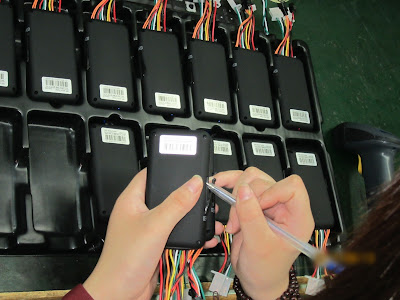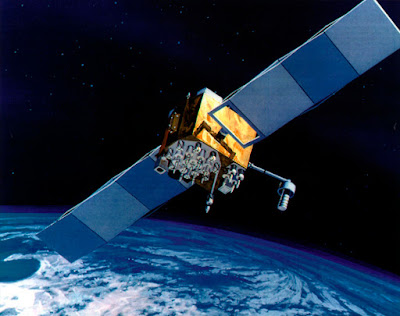Recent innovations in GPS Tracking Device technology
Through the developments of a few decades, GPS is now even known by school children. GPS tracker has been very widely applied in several areas, such as air, sea and land navigation, low earth orbit (LEO) satellite orbit determination, static and kinematic positioning, flight-state monitoring, as well as surveying, etc. GPS has become a necessity for daily life, industry, research and education. GPS receivers are designed with many built-in features but only a few are essential for wilderness navigation. Any feature that requires the receiver to stay switched on for prolonged periods should be used sparingly as conserving battery power is an important consideration, especially in cold weather. Under certain conditions, built-in or optional features can enhance the performance of a GPS receiver. Recent innovations in GPS technology have introduced ways to enhance precision, availability, and reliability in advanced receivers. These innovations address mitigation of multipath errors, r






